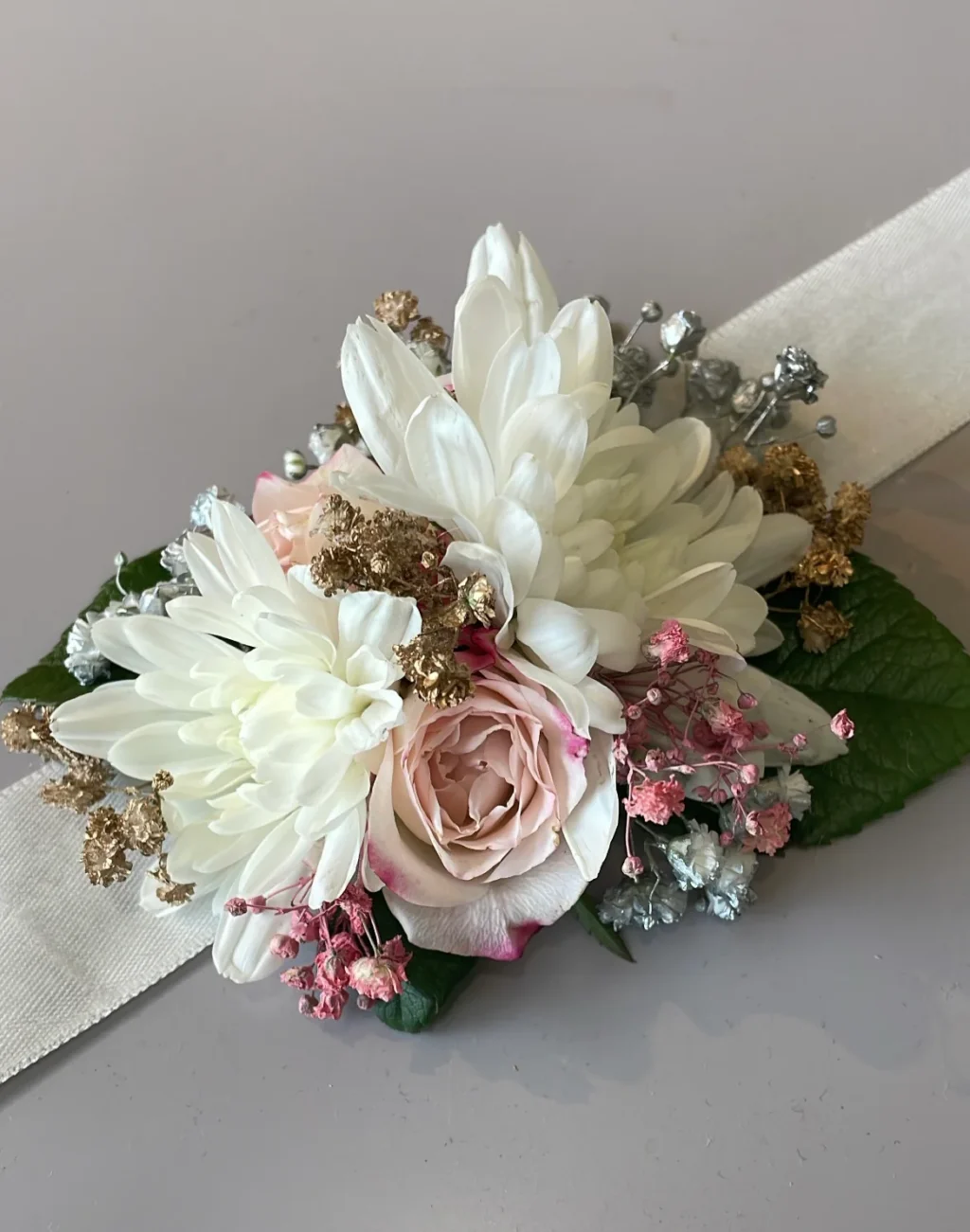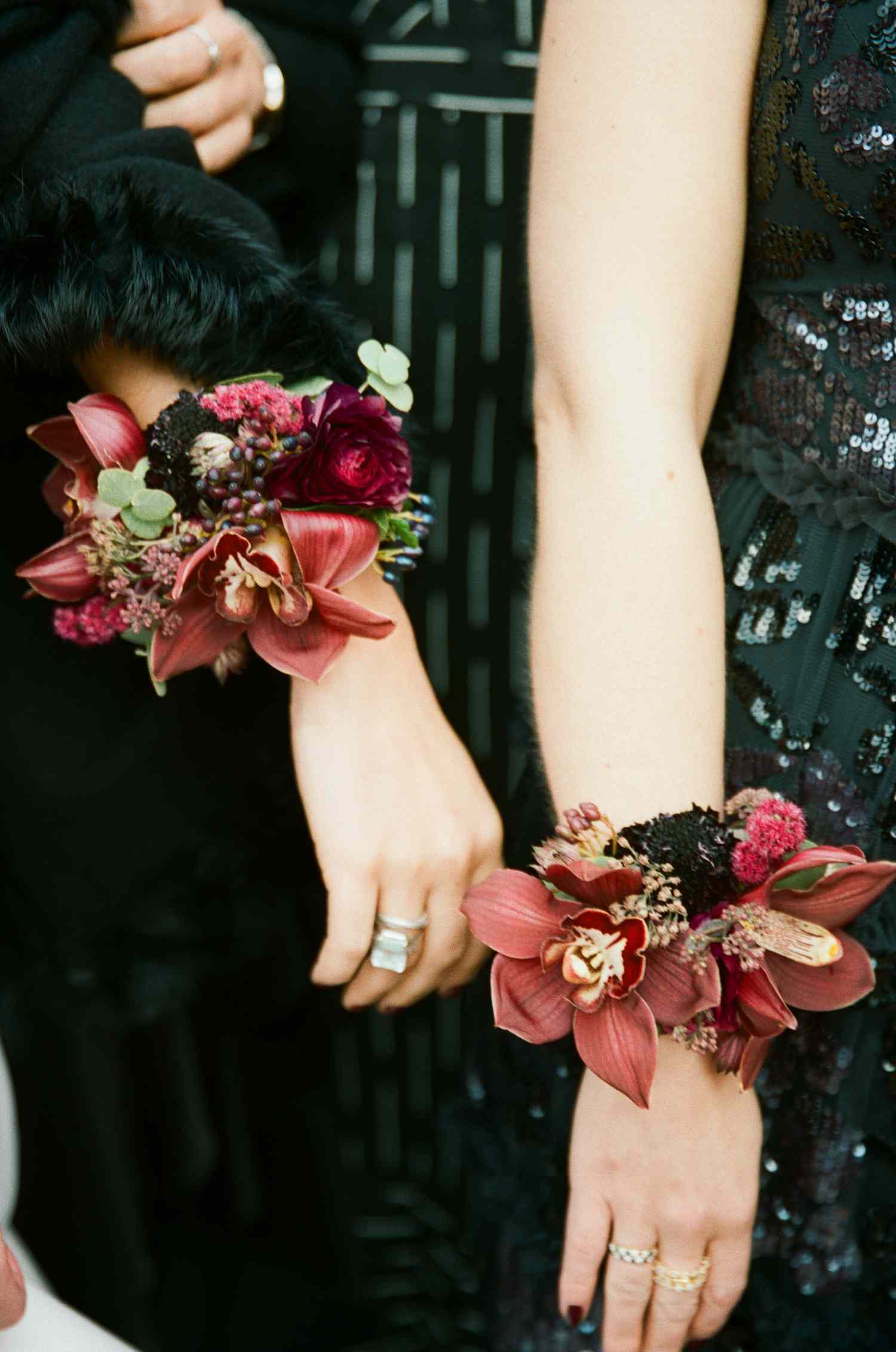
In the world of fashion and floral design, the corsage holds a special place as a symbol of elegance, celebration, and tradition. From its historical origins to its contemporary interpretations, the corsage has evolved into a versatile accessory that adds a touch of beauty and sophistication to formal attire. This article explores the rich history, cultural significance, modern trends, and creative uses of the corsage, highlighting its enduring appeal in both personal and ceremonial contexts.
Historical Origins
The term “corsage” originated from the French word “corset,” referring to a bodice or garment worn around the torso. In the 18th and 19th centuries, corsages were small bouquets of flowers or herbs worn by women as a decorative element on their dresses or bodices. These floral arrangements were often crafted to complement the wearer’s outfit or convey symbolic meanings through the choice of flowers and colors.
During the Victorian era, corsages became elaborate and intricately designed, incorporating a variety of blooms such as roses, lilies, orchids, and ferns. They were worn at formal social events, including balls, weddings, and theatrical performances, where they served as a fashionable accessory and a symbol of refinement and social status.
Cultural Significance
Throughout history and across cultures, the corsage has held cultural significance and symbolism beyond its ornamental beauty:
- Symbol of Celebration: Corsages are commonly worn by individuals attending special occasions such as weddings, proms, graduations, and milestone anniversaries. They symbolize celebration, honor, and recognition of achievements or life events.
- Expressions of Affection: In romantic and familial contexts, corsages are often exchanged as tokens of affection and admiration. Grooms traditionally present corsages to their brides, while parents may gift corsages to their children or loved ones to mark significant milestones.
- Ceremonial Traditions: Corsages play a role in various ceremonial traditions and rituals around the world. In some cultures, they are worn during religious ceremonies, festivals, and memorial services as a sign of respect, spirituality, or remembrance.
Modern Trends and Varieties
In contemporary fashion and floral design, corsages have evolved to encompass a wide range of styles, materials, and creative interpretations:
- Floral Variety: Modern corsages feature diverse combinations of flowers, foliage, and decorative elements such as ribbons, pearls, crystals, and feathers. Designers experiment with textures, colors, and shapes to create unique and personalized corsage arrangements that reflect individual tastes and preferences.
- Non-Traditional Materials: Beyond fresh flowers, corsages may incorporate artificial flowers, silk blooms, preserved botanicals, and even unconventional materials like fabric, paper, or metal. This versatility allows for durable and customizable corsage options suitable for different climates and occasions.
- Wearable Innovations: Innovations in floral design and wearable technology have inspired new approaches to corsage creation. LED lights, miniature succulents, and miniature jewelry pieces are integrated into corsages, adding a contemporary twist to traditional floral accessories.
Occasions and Uses

Corsages continue to be a cherished accessory for various formal and ceremonial occasions:
- Weddings: Brides, bridesmaids, groomsmen, and family members often wear corsages and boutonnieres to coordinate their attire and honor their roles in the wedding party. Corsages for mothers of the bride and groom symbolize their special status and contribution to the celebration.
- Proms and Dances: Corsages are a popular choice for prom-goers and attendees of formal dances. High school students select corsages that complement their attire, serving as a keepsake from the memorable event.
- Graduations: Corsages are worn by graduates and their families during commencement ceremonies and graduation parties. They symbolize achievement, success, and pride in academic accomplishments.
- Anniversaries and Milestones: Corsages are exchanged as gifts to commemorate milestone anniversaries, birthdays, Mother’s Day, and other significant life events. They serve as meaningful tokens of appreciation and love.
Creating and Preserving Corsages
Creating a corsage involves careful selection of flowers, foliage, and embellishments to achieve a desired aesthetic and theme. Florists use techniques such as wiring, taping, and gluing to assemble corsages securely. Preservation methods, such as drying or pressing flowers, allow corsages to be kept as mementos long after the occasion has passed.
Conclusion
In conclusion, the corsage remains a timeless and cherished accessory in floral fashion, embodying elegance, tradition, and personal expression. From its origins as a decorative bouquet worn on bodices to its contemporary interpretations in weddings, proms, and special occasions, the corsage continues to captivate with its beauty and symbolism. As fashion trends evolve and floral design techniques advance, the corsage remains a symbol of celebration and sentiment, connecting individuals through the language of flowers and enhancing the beauty of memorable moments in life


